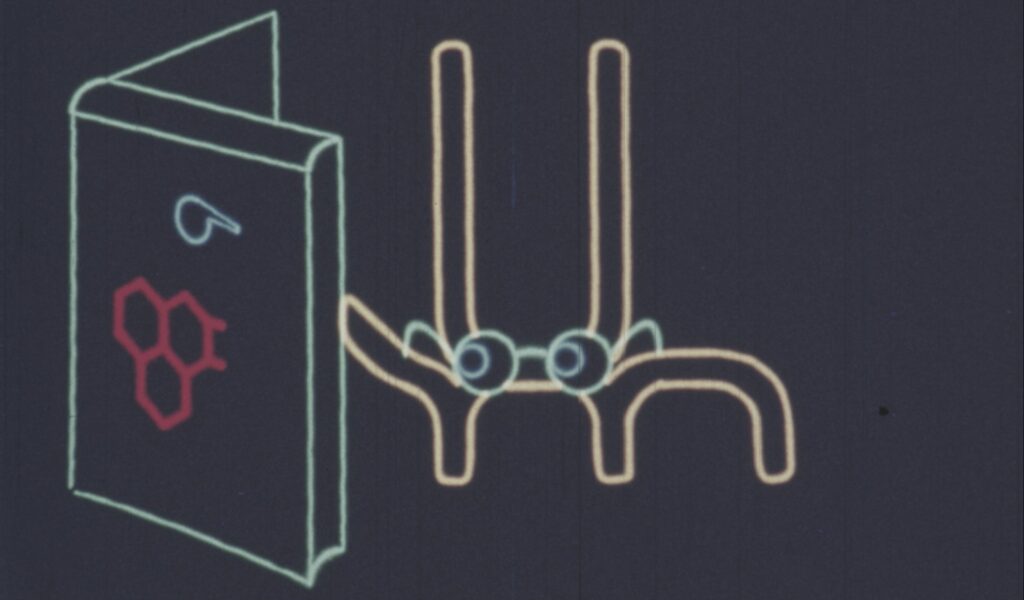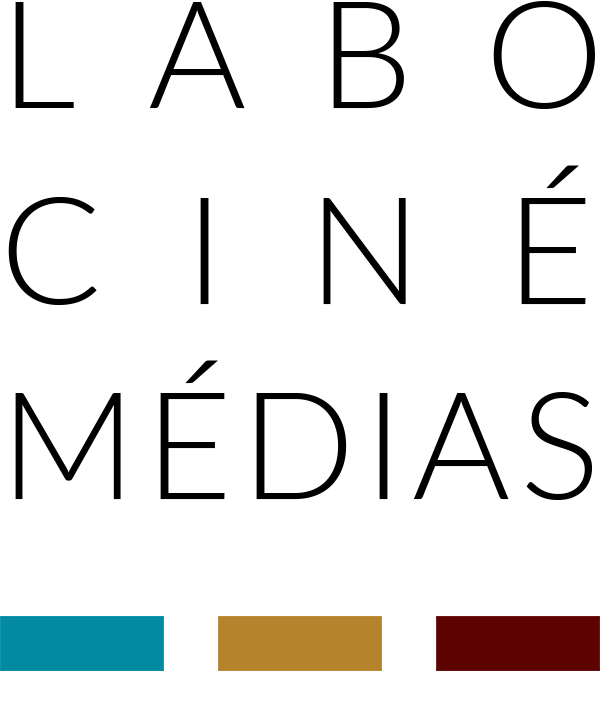Educational films in the Université de Montréal’s 16mm film collection, recently digitised at Laboratoire CinéMédias, are featured in a new series of events.

Olivier Du Ruisseau
As part of the ambitious project Cadavre Exquis, run by the digital magazine Hors Champ and the cinEXmedia partnership, which seeks to digitise and put online works from the Université de Montréal’s 16mm film collection to make them more accessible, researchers will present some of these films at the university, having been recently been digitised at Laboratoire CinéMédias. This series of screenings and talks, which begins this fall, will be followed in April by a study day on educational and science films.
Each event in the program will consist in the screening of two to five films from the collection and will be followed by a discussion bringing specialists together around the chosen topics.
The goal of the Cadavre Exquis project is to digitise films in the Université de Montréal’s 16mm film collection and to make them accessible online so that they can be re-used by researchers or artists. While dozens of films are still being digitised, others already have been, in addition to being viewed and evaluated by members of Hors Champs and Laboratoire CinéMédias.
“The entire project goes back at least ten years”, remarks André Habib, director of Hors Champ and a research member of cinEXmedia. “The Université de Montréal’s libraries have preserved some 1,000 to 1,500 titles on 16mm. Most of these were audiovisual tools for courses, some of which were made to measure. The Faculté de médicine, for example, produced many of these. When we learned that the university planned to destroy the collection, we wanted to do everything we could to preserve it”.
Cine-club
First, he had to persuade the Université de Montréal administration that the project was relevant, and that the films had potential for research and artistic creation. “We invited members of the administration to a screening of a wonderful 16mm print of a film in the collection, Toute la mémoire du monde (Alain Resnais, 1956)”, he relates. A ciné-club was also launched by Ines Guennaoui, in collaboration with Dolorès Parenteau-Rodriguez. We showed films from the collection from time to time. The success of these initiatives not only persuaded us to put a project with these films into motion; it also enabled us to prevent their destruction by the university”.
Although some of the films are by well-known filmmakers, such as Alain Resnais and Pierre Perrault, or were made by the National Film Board of Canada, the collection is mostly made up of films commissioned by university faculties, which were made by the university’s office of audiovisual production, or are science films purchased by the institution. “The Faculté de médecine had a lot of content”, Habib reports. “There are more technical films, like a guide for putting together a hospital bed, while others are very touching, such as a film showing interviews with students speaking about their depression. It is a good example of what cinema could do at the time: to make suffering and malaise audible [and visible] at a time when it was thought that psychiatry was brutal”.
“That film was particularly touching”, remarks Annaëlle Winand, a researcher who works on the Cadavre Exquis project. For her, the context in which she saw the film also contributed to her appreciation of the archive: “Every film in the collection had been classified according to various criteria, such as their title or subject, but in most cases we did not know what awaited us before seeing them. So we organised group screenings with our friends to share our impressions and decide what could be interesting or problematic, for example”.
Breaking down barriers between disciplines
Louis Pelletier, another researcher involved in the Cadavre Exquis project who has digitised a number of films in the collection, maintains that this demonstrates “interest in analogue media and the pleasure one can have in preserving them”. “We may forget a film, but it will never disappear completely”, he remarks. “And it is a pleasure, as a researcher, to bring films into the present day through the lens of our realities today, and to place them in dialogue with each other”.
“The breaking down of barriers between disciplines is another of the project’s central elements”, Pelletier continues. “With our events, we hope to make connections between the films’ artistic (formal) and scientific dimensions, or between different disciplines, by bringing together films and/or guests not normally seen together. The collection has shown us in particular that numerous educational films were made with real artistic intent, like those of Éric Duvivier, the nephew of the filmmaker Julien Duvivier. A great many short films go beyond the commissioned pedagogical film.… And we are very anxious to begin showing them this fall”.
The first screeing of the Hors Champ program will take place on October 8, at 6 PM, in room C3061 of the Carrefour des arts et sciences of the University of Montreal. The films Je m'universifie (Constantin Fotinas, 1971), L'arbre (Niagara Films, 1962) and Le foyer du progrès (Associated Screen News of Canada, 1947-1948) will be screened. The films will be introduced by Micheline Cambron and Nino Gabrielli, and the screening will be followed by a discussion with Frédéric Bouchard, Dean of the Faculty of Arts and Science. The full program, presented as part of the Observatoire du cinéma au Québec, is available here.
